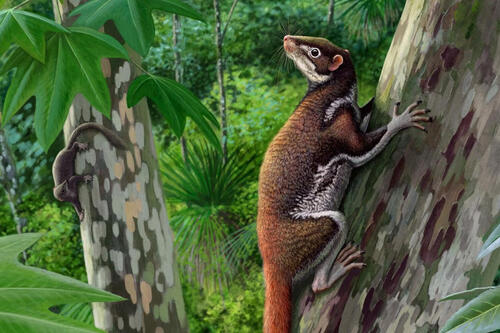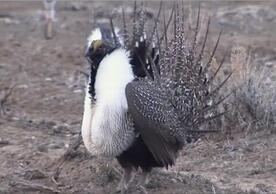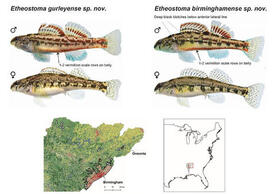
For more than 140 years, Mixodectes pungens, a species of small mammal that inhabited western North America in the early Paleocene, was a mystery. What little was known about them had been mostly gleaned from analyzing fossilized teeth and jawbone fragments.
But a new study of the most complete skeleton of the species known to exist has answered many questions about the enigmatic critter — first described in 1883 by famed paleontologist Edward Drinker Cope — providing a better understanding of its anatomy, behavior, diet, and position in the Tree of Life.
The study, co-authored by Yale anthropologist and YIBS director Eric Sargis, demonstrates that the mature adult Mixodectes weighed about 3 pounds, dwelled in trees, and largely dined on leaves. It also shows that these arboreal mammals — an extinct family known as mixodectids — and humans occupy relatively close branches on the evolutionary tree.
“A 62-million-year-old skeleton of this quality and completeness offers novel insights into mixodectids, including a much clearer picture of their evolutionary relationships,” said Sargis, professor of anthropology in Yale’s Faculty of Arts and Sciences, curator of vertebrate paleontology and mammalogy at the Yale Peabody Museum, and the director of the Yale Institute for Biospheric Studies. “Our findings show that they are close relatives of primates and colugos — flying lemurs native to Southeast Asia — making them fairly close relatives of humans.”
The study was published on March 11 in the journal Scientific Reports. Stephen Chester, associate professor of anthropology at Brooklyn College, City University of New York, is its lead author.
The skeleton was collected in New Mexico’s San Juan Basin by co-author Thomas Williamson, curator of paleontology at the New Mexico Museum of Natural History & Science, under a permit from the federal Bureau of Land Management. It includes a partial skull with teeth, spinal column, rib cage, forelimbs, and hind limbs.
For more information, click here for an article published by Yale News or here for the full study in Scientific Reports.



